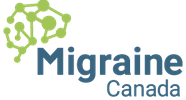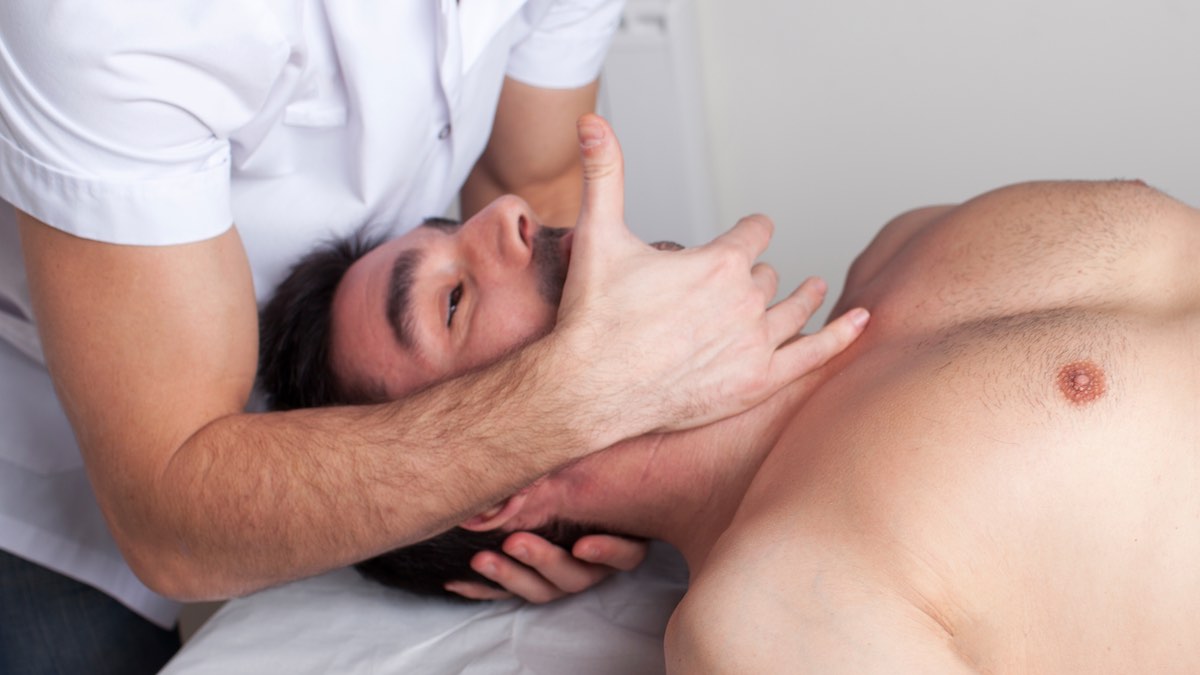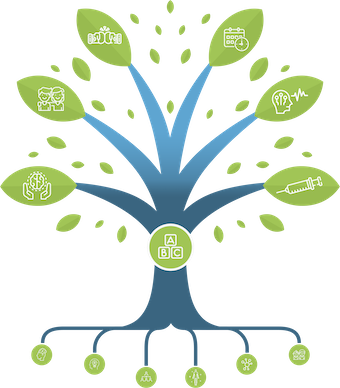Key points about physiotherapy for migraine and headaches
What do we know about the role of physiotherapy for migraine and other headaches? What do the physios do? Does it work? How can we tell if it is worth recommending physio to a person?
Here are some key points about physiotherapy for migraine and headaches.
The physio evaluation for migraine and headaches includes a good look at range of motion, strength, pain, posture for different muscles etc
If your headaches are linked to neck and shoulder pain, it might be that the biomechanics of this important zone of your body are triggers. (See this post)
To understand how this complex mix of muscles interact together (we may call this biomechanics), a careful exam is needed. One tense muscle can be a protective reaction to a weak muscle elsewhere. It takes significant knowledge of the anatomy and experience to understand where the problem might come from.
A tight muscle should not necessarily be stretched
Are you familiar with tight muscles? Well, stretching them might not be the right solution! Some muscles become tight because they are weak and already too stretched, and other muscles must be stretched to allow them to relax. Complicated… but not impossible.
The physio evaluation is very personalized
Our bodies are different. They are also influenced by our daily activities. Sometimes we dream about a «template exercise sheet» I could give to my headache patients with a reasonable chance of success and no risk of harm. I understand now that exercises have to be tailored to each person. You need your own program.
There are different approaches in physiotherapy and they are quite diverse
You may have heard about cranio-sacral therapy, manual therapy, and others. Some physio are also trained in osteopathy. Some approaches use manipulations, others focus on exercises. Some physios do dry needling, others don’t. These approaches have been studied separately, but often the physio will use a combination. (See this post)
Part of the benefit of the physiotherapy treatments come from the relationship with the therapist
Physiotherapy is also a human interaction. A good therapist will gain your trust, will empower you and this will contribute to your improvement. This is true for any health care relationship. A good physio will help you to reach your goals and make progress actively, not only with passive techniques.
Exercises do not only increase the mass of the muscle. They also improve how we use our muscles.
If you try to learn exercises, you might think that it’s only a matter of strength. But it’s not. It’s also about how to engage your muscles, how to move them the right way. To do this, you need to use proprioception, which is communication between your brain who’s planning the movement and the body part you want to move. If some movements are blocked by pain or limited range of motion, working on proprioception can make a big difference on a short time, and then the strength can improve.
If you only had TENS treatment…that may not be enough
There are stories around about people seeing a physio, being barely examined, and then left with a TENS machine for a few sessions. That is rarely sufficient if you suffer from headaches related to the neck/shoulder complex. Consider seeing another therapist.
If there is pain…exercises must be adapted
Some people share that they did two sessions of physio then stopped because the exercises triggered their migraine or headache. While it’s normal to feel discouraged, progress may be a few sessions ahead. Maybe the exercise was not clear. Maybe your proprioception is not there yet. Maybe the physio overestimated your strength. Don’t abandon. Adjust. Adapt.
Improvement can be seen after a few weeks of exercises…but of course practice is needed
Physio exercises take regular practice and patience, but they can really pay off. Once you understand what you have to stretch and what you have to strengthen, then you’re on the right track for long term maintenance.
In summary
- Physiotherapy can make a difference in your life
- Finding a skilled physiotherapist is key
- Your biomechanics are your own, and the approach has to be adapted
- Many physiotherapy approaches can be used to help you
- Patience and practice are essential if exercises are recommended
REFERENCES
Fernandez-de-Las-Penas C, Cuadrado ML. Physical therapy for headaches. Cephalalgia. 2016;36(12):1134-42.
Post#712
Tags In
Categories
THE MIGRAINE TREE
- BRANCHES
- ACUTE TREATMENTS
- DEVICES AND NEUROMULATIOIN
- PREVENTIVE TREATMENTS
- PROCEDURES AND INJECTIONS
- SELF-CARE AND LIFESTYLE
- SOCIAL LIFE
- TRUNK
- ROOTS
OTHER CATEGORIES




